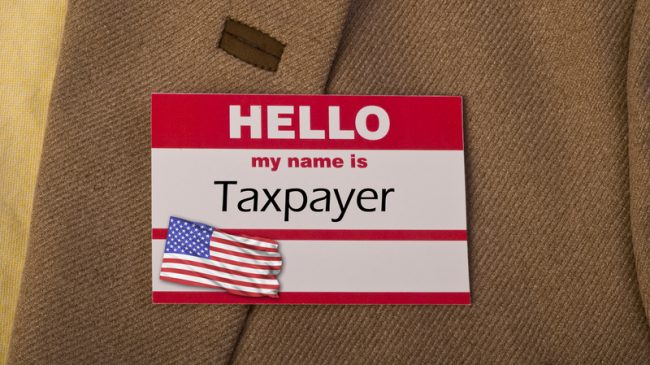Opponents of the privatization of municipal services often try to frighten policymakers away from using competitive contracting by claiming that costs will rise because the private sector seeks a profit. Under this line of thinking, the use of in-house public employees would presumably have to be cheaper, since governments don’t need to make a profit themselves. While it is certainly true that an efficiently operating government unit can be cost competitive with the private sector, it would certainly be a mistake to assume that this is always-or even often-the case. A report prepared by the City of Austin, Texas last fall demonstrates this point well.
At the behest of the city council, staff from Austin’s Financial Services Department prepared a report in October 2012 to determine whether the city could save money by insourcing-e.g., bringing currently outsourced services back in-house-dozens of contracted services. After reviewing 37 different outsourcing contracts, city staff concluded that bringing these contracts back in-house “would result in increased operating cost to the City, require significant investments in equipment, and, in many cases, result in diminished service provision as a result of reduced flexibility in the City’s ability to adapt to situational operational fluctuations which is a major advantage to and rationale for utilizing contractors.”
Further, the analysts found that insourcing these contracts would result in major new costs for taxpayers. The report found that “transitioning to in-house provision of the services encompassed by the 37 analyzed contracts would require an additional $169 million over a five-year period and 687.5 full-time equivalent positions.” In the case of only one individual contract-the management of a youth entertainment complex-did city staff actually recommend a return to in-house provision to lower costs for taxpayers.
The analysis reviewed a variety of factors, including estimates of the annual contract costs versus the city’s annual operating costs over a five-year period (with inflation factors); start-up costs (including capital equipment), the number of full-time equivalent positions the city would need to hire, and the difference between internal city costs and contract costs over five years. And the estimates of the city’s internal costs for insourcing were likely understated, as the analysis did not factor in things like land acquisition or facility rent or construction costs needed for the additional staff and equipment.
Though a snapshot in one city, this report suggest that policymakers should seriously question claims that in-house public service delivery will always be cheaper. At a minimum, given the differences between public sector accounting-in which the fully loaded costs of service delivery can be difficult to determine given how different aspects of overhead are usually paid out of a variety of agency budgets-and private sector bids-in which fully loaded costs tend to be captured within the bid itself-a rigorous, apples-to-apples cost comparison (sometimes called a public sector comparator analysis) should always be conducted before proceeding with an insourcing initiative.
By the same token, that same type of analysis is also warranted before proceeding with outsourcing initiatives as well to ensure that the public sector, and hence taxpayers, get good value for money.
One other factor to consider in the “government is always cheaper” argument is more fundamental. When a government monopoly is responsible delivering services, there is a tendency to see the expected results of monopoly service provision: absent competition, costs tend to be higher and service quality can suffer. And when you factor in the unsustainable costs of public employee benefits like defined-benefit pensions and retiree healthcare, there can be some major benefits to injecting some tension into the system via public/private competition. While it’s certainly true that companies seek a profit, the idea that governments are immune from their own incentives that tend to inflate costs-such as the aforementioned pension and retiree health benefits-is dubious, whether we call those “profits” or not.
As Reason Foundation has argued for decades, the private sector can and should play a strong role in the delivery of government services. Bidding out services to test the market for a better deal is a healthy thing in public administration and is good for taxpayers. Just because policymakers test the market doesn’t mean that they have to ultimately sign a contract at the end of the day. Instead, policymakers should view the procurement process as a potentially transformative moment, and at a minimum the process can serve as an independent, third-party check on their budgets, a gauge on how efficiently their governments are delivering services. Given the strong fiscal headwinds noted recently by several national organizations that will pressure state and local budgets into the future, taxpayers deserve nothing less than policymakers with a laser-like focus on ensuring maximum bang for the buck, regardless of who might ultimately provide public services.
Leonard Gilroy is director of government reform at Reason Foundation and is the editor of the Privatization & Government Reform Newsletter, available here.

